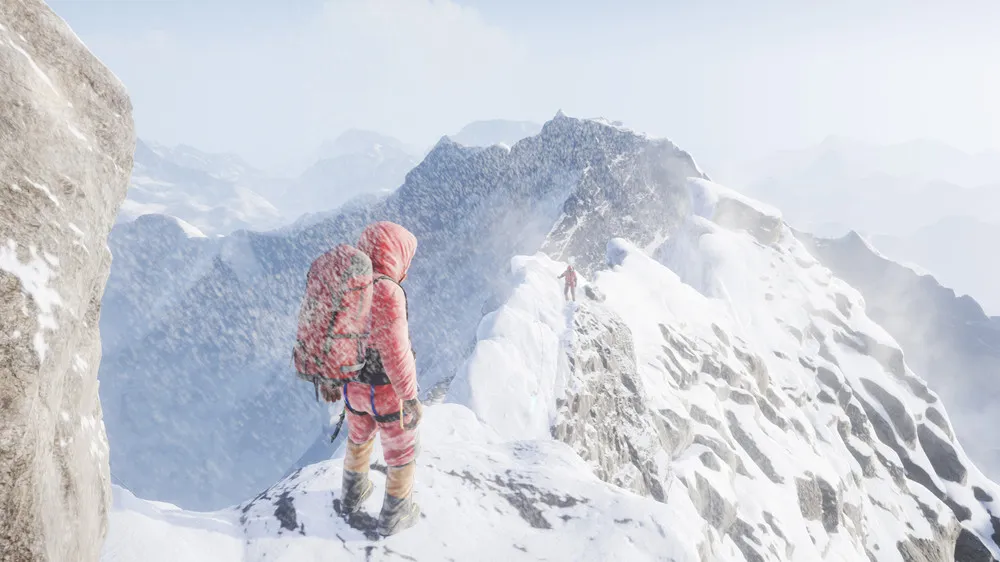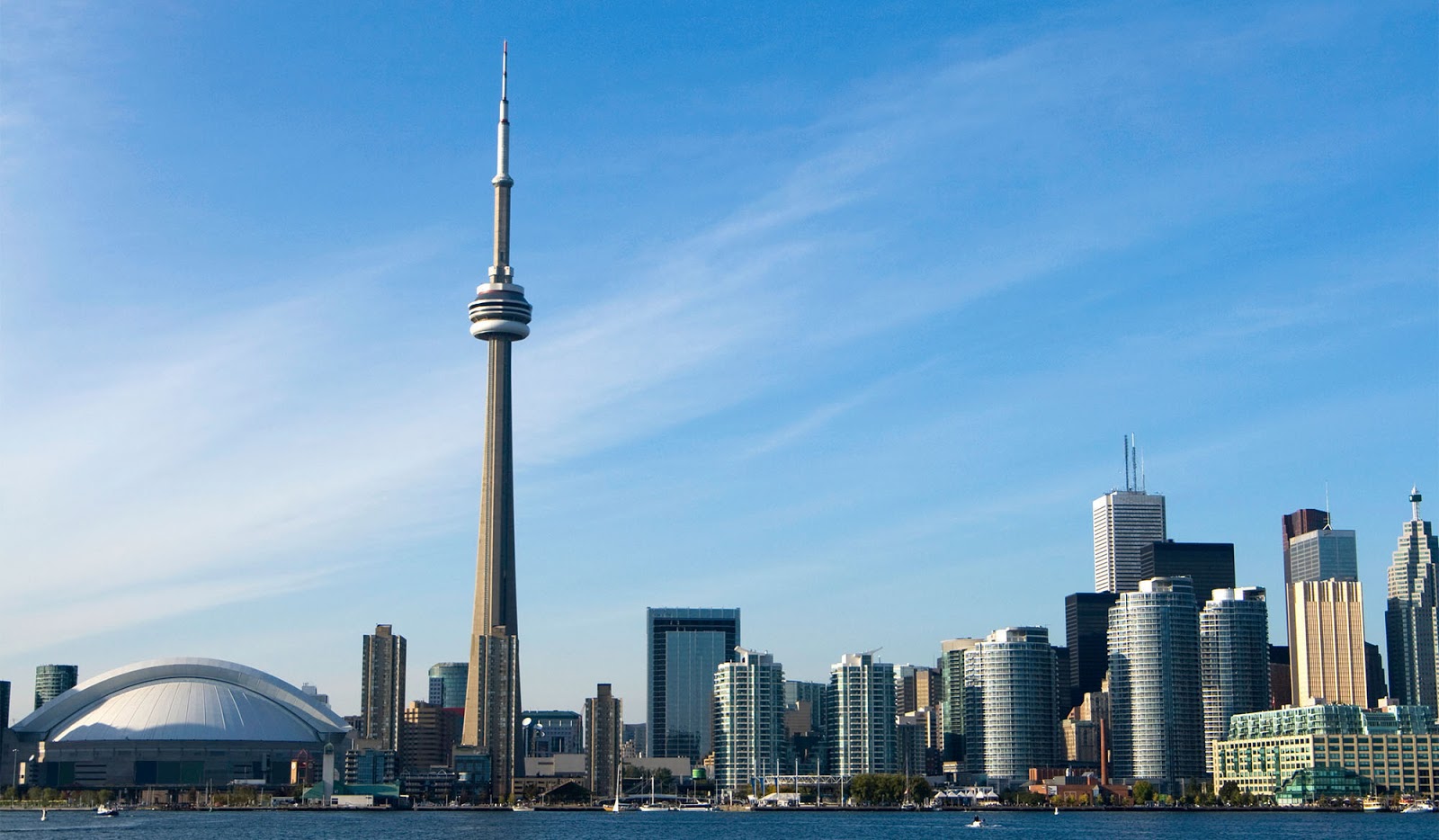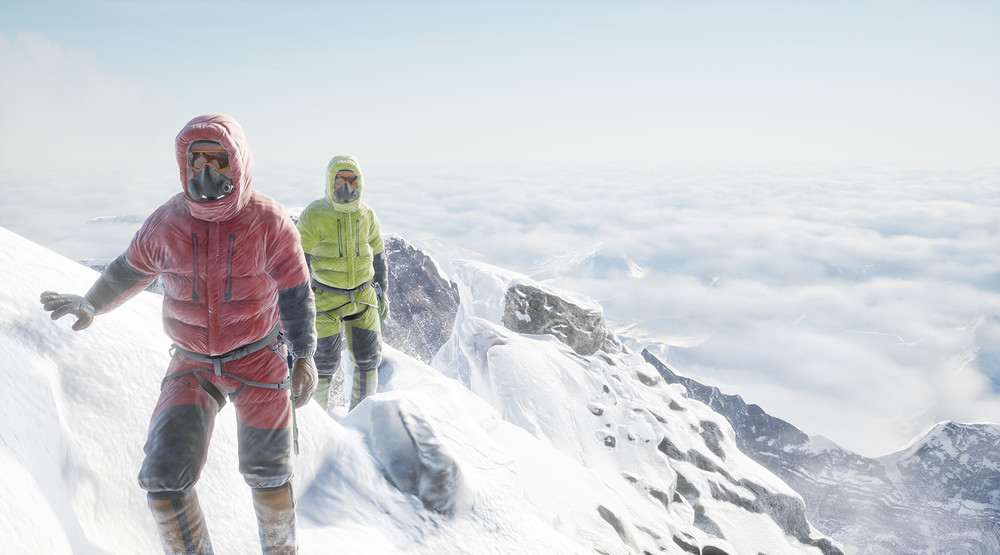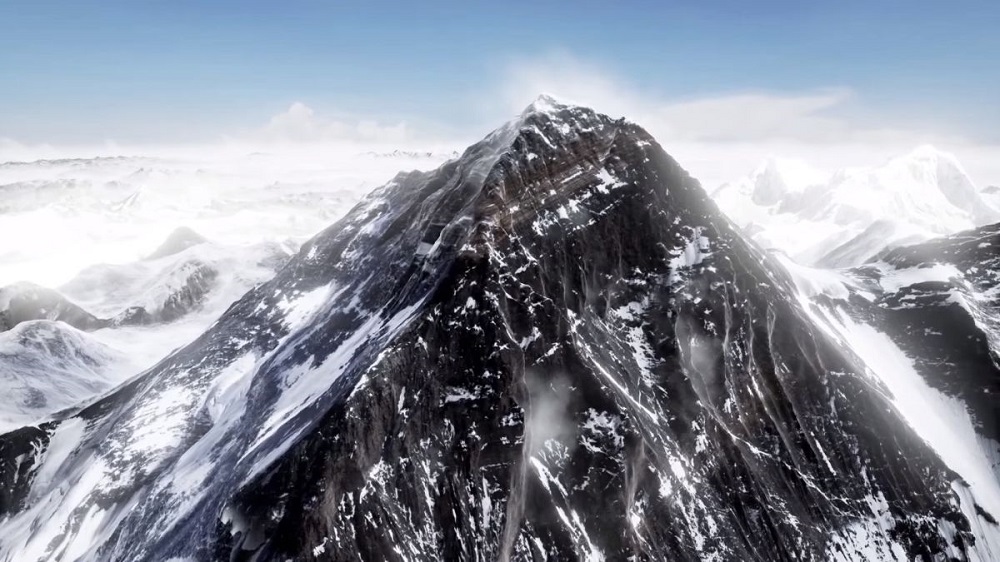Trauma and its long-lasting effects have been a personal interest of mine for some time now. The way in which our under-developed brains process it has such powerful and dramatic effect. Throughout my adult and teenage life, I have had a fear of heights, also known as acrophobia.
Whenever I stood on the top floor of a hotel and looked straight down to the lobby or even at the top of the Washington Monument, the sensation was always the same. Sweaty palms and feet, knees buckling, light headedness, and a sensation of vertigo at the top of every structure – man made or not – made me the butt of every gag.
Life-Changing Fear
But my fear of heights never manifested itself out of thin air. I can recall exactly – at the tender age of 6 – when my fear of heights came to be. It was one of our many family trips up the Eastern Seaboard after we had moved from Boise, Idaho to Alexandria, Virginia. The trip was standard fare as we hit New York, Quebec, and Montreal but eventually we went to Toronto to visit the Canadian National (CN) Tower. The CN Tower held the record for 34 years for being the tallest man-made and free-standing structure in the world. Standing in at 553.3 meters (1,815.3 feet) high, the CN draws in two-million international tourists annually to marvel at its impressive vistas of Downtown Toronto.
Declared one of the seven marvels of the modern world in 1995, it made it impossible for my family to pass up. My vivid memory starts with myself exploring and meandering around the crowded observation deck positioned 1,467 feet from the ground. My mother, who also had a fear of heights, was positioned along a nearby wall, away from the edges, while my father was jokingly testing the strength of a glass panel on the ground. Said glass panel gave you a clear view of the ground below including traffic and the rooftops of nearby buildings. My sister, dancing across the panel, made it seem like a fun thing to do and so I did the same. Halfway through the motions, I glanced at the glass panel and became fixated on the straight-drop at my feet. I screamed. I screamed so loud I’m sure some poor Canadians heard me from the bottom.
My mother and father came to my rescue and calmed me down and showed me that the glass panel was sturdy and wouldn’t break or shatter. I tested it myself. They were telling the truth. Perhaps that was just so they could take a picture with my father, sister, and I – staring down perilously at the streets below – and then leave to continue our vacation. That instance shaped how I experience great heights for the rest of my life. Even roller coasters and the element of lack of control were perceived as greater threats than just an exhilarating 45 seconds.
Some studies suggest that my acrophobia is genetic and my mother is partially responsible for a fear of heights or that my visual perception is to blame. Whatever the case may be, I had to deal with acrophobia all the time until about a year ago, when I moved to Los Angeles, California. A PR company had asked me to come to their offices to demo an Everest VR experience. The pitch of the game was to simulate what it was like to climb Mt. Everest on the HTC Vive – minus the limited air and intense cold.
Climbing to the Peak of the World
One of the first sequences that I was playing was to cross a chasm with the use of a horizontal ladder. I had to move with the two Vive controllers in tandem. While standing above the dark abyss, the ladder creaked and groaned while ice fell with each step. Even though I was in a room in Los Angeles, the fear of heights rushed back to me in a hurry. I went as quickly as my avatar would allow me to go as the vertigo was settling in. Once I made it to the other side, I felt a sense of relief as my demo presenter and I shared a quick chuckle. As the demo continued, I found myself on the very edge of a cliff face inching my way to my destination. Again, the snow crumbled beneath my avatar’s feet and I was forced to confront a childhood fear in a brief 30-minute demo.
What I learned later was that my experience was similar to what is referred to as VR therapy, which is a type of exposure therapy that is being developed to this day. Exposure Therapy is defined as a psychological therapy to help people confront their fears. Exposure therapy has been demonstrated to help treat: phobias, panic disorders, social anxiety disorders, Posttraumatic Stress Disorder, and Generalized Anxiety Disorder. While my experience with Everest VR did not cure me of my acrophobia, it did give me a sample of what it was like to be at those heights in a safe environment. My brain was so at odds with what my body experienced throughout that you could’ve convinced me that I was in The Matrix.
VR therapy, or VRT, has been in use since the mid-90s but now that VR headsets such as the Oculus Rift, HTC Vive, and PlayStation VR have mostly caught up with the ambition, it now has more practical applications. Albert “Skip” Rizzo at the University of Southern California has been studying the effects of virtual reality as a psychological treatment since 1993. Rizzo’s primary focus is to combat PTSD as he places them in a controlled environment that simulates combat scenarios.
With VR in the consumer spotlight, for gaming and interaction in a 3D space, it’s a helpful reminder that these burgeoning new devices have applications for mental health as well. Without the experience of Everest VR, I might not have ever known that VR therapy was even possible or available to treat my crippling fear.
































